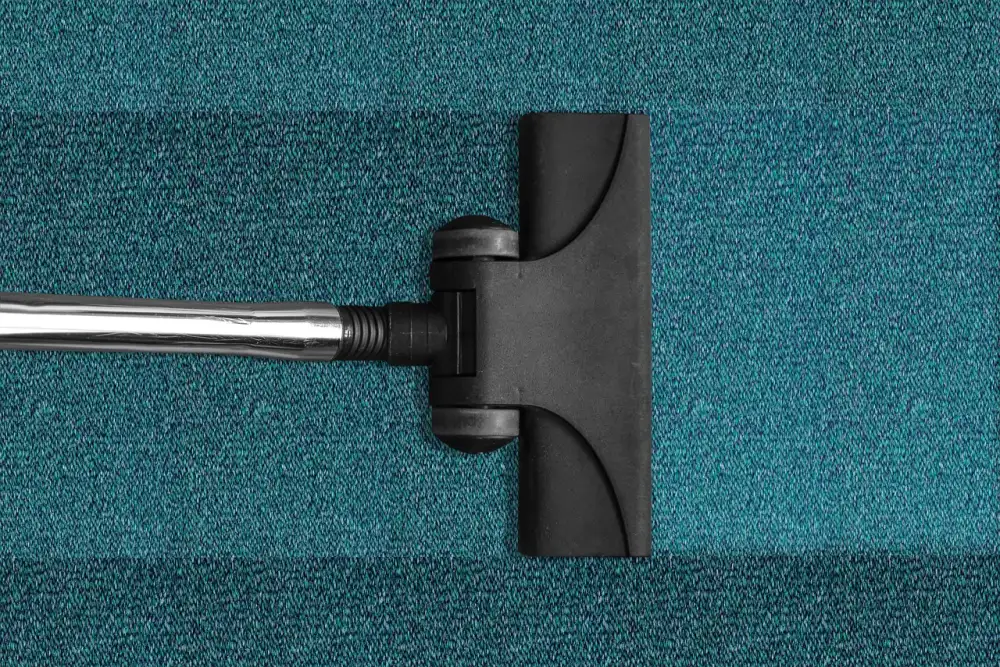Shine Bright: Expert Tips for Cleaning Stainless Steel Surfaces at Home

- Gather materials: white vinegar, microfiber cloth, dish soap, warm water.
- Mix equal parts vinegar and water in a spray bottle.
- Dampen cloth with the solution and wipe the stainless steel surface.
- For tough stains, apply undiluted vinegar directly on the spot.
- Rinse with warm water and dry with a clean cloth to prevent water spots.
- For extra shine, apply a few drops of olive oil on a cloth and buff the surface gently.
- Avoid abrasive cleaners or scrubbers that can damage the stainless steel finish.
Gather materials: white vinegar, microfiber cloth, dish soap, warm water.
To start cleaning your stainless steel surfaces at home, it's important to gather the necessary materials. You will need white vinegar, a microfiber cloth, dish soap, and warm water. These items are essential for effectively removing dirt and grime from stainless steel without causing damage to the surface. White vinegar is a natural cleaner that helps break down stains, while the microfiber cloth is gentle enough to use without scratching the stainless steel. Dish soap and warm water are also key components in ensuring a thorough clean. By having these materials on hand, you can easily maintain the shine and appearance of your stainless steel surfaces.
Mix equal parts vinegar and water in a spray bottle.
To effectively clean stainless steel surfaces at home, it's important to start by mixing equal parts white vinegar and water in a spray bottle. This simple solution is gentle yet effective in removing dirt and grime from the stainless steel without causing any damage. Vinegar is known for its acidic properties that help break down stains and sanitize surfaces, making it a natural and eco-friendly cleaning agent. By combining it with water, you create a safe and efficient solution for maintaining the shine of your stainless steel appliances or fixtures.
Dampen cloth with the solution and wipe the stainless steel surface.
To effectively clean stainless steel surfaces at home, start by gathering the necessary materials: white vinegar, a microfiber cloth, dish soap, and warm water. Mix equal parts vinegar and water in a spray bottle to create a cleaning solution. Dampen the cloth with this solution and gently wipe the stainless steel surface to remove dirt and grime. This method helps to maintain the shine of the stainless steel without causing any damage to the surface.
For tough stains, apply undiluted vinegar directly on the spot.
For tough stains on stainless steel surfaces, it is recommended to apply undiluted vinegar directly on the spot. Vinegar's acidic properties help break down stubborn stains like grease or water spots effectively. Simply pour a small amount of undiluted vinegar onto a clean microfiber cloth and gently rub it onto the stained area. Allow the vinegar to sit for a few minutes to penetrate the stain before wiping it away with a damp cloth. This method is particularly useful for removing mineral deposits or baked-on food residue from stainless steel surfaces.
Rinse with warm water and dry with a clean cloth to prevent water spots.
After wiping the stainless steel surface with the vinegar solution to remove stains, it is essential to rinse it with warm water. This step helps to remove any remaining residue and ensures that no vinegar is left on the surface, which could potentially cause damage over time. Once rinsed, dry the surface thoroughly with a clean cloth to prevent water spots from forming. Water spots can detract from the shine of stainless steel surfaces and may be more difficult to remove once they have dried. By drying the surface immediately after rinsing, you can maintain the pristine appearance of your stainless steel appliances or fixtures.
For extra shine, apply a few drops of olive oil on a cloth and buff the surface gently.
For extra shine, applying a few drops of olive oil on a cloth and buffing the stainless steel surface gently can enhance its luster. Olive oil acts as a natural polish that helps to remove streaks and fingerprints while providing a protective layer against future smudges. This method is particularly effective for maintaining the sleek appearance of stainless steel appliances in the kitchen. Remember to use only a small amount of olive oil to avoid leaving behind an oily residue on the surface.
Avoid abrasive cleaners or scrubbers that can damage the stainless steel finish.
When cleaning stainless steel surfaces at home, it's important to avoid abrasive cleaners or scrubbers that can potentially damage the finish. These harsh products can cause scratches and dullness on the stainless steel, compromising its appearance and longevity. Opt for gentle cleaning solutions like white vinegar and dish soap, along with a soft microfiber cloth to maintain the shine and luster of your stainless steel appliances or fixtures. By using non-abrasive methods, you can ensure that your stainless steel surfaces remain in top condition for years to come.
Published: 30. 03. 2024
Category: Home



